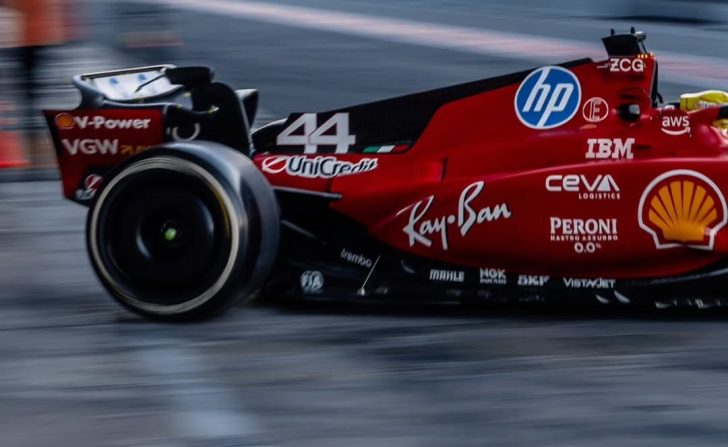Formula One is at the forefront of high-speed innovation, and cutting-edge technologies are set to revolutionize the sport like never before. The racing series has always been a breeding ground for advanced engineering, but the latest wave of breakthroughs is transforming everything from car performance to fan engagement.
Cutting-edge technologies are set to revolutionize Formula One, and artificial intelligence is leading the charge. AI-driven simulations allow teams to predict race outcomes, refine strategies, and optimize car setups with incredible precision. By analyzing thousands of data points in real-time, AI helps engineers make split-second decisions that can be the difference between winning and losing.
5G Connectivity Powers the Pit Wall
Cutting-edge technologies are set to revolutionize Formula One with 5G connectivity, giving teams instant data transfers with near-zero latency. Pit crews and race strategists receive crucial performance updates in real-time, helping them make quick, informed decisions.

F1 / IG / The push for sustainability extends beyond the F1 cars. Teams are investing in carbon-neutral operations, from eco-friendly factories to zero-waste race weekends.
5G also enhances the fan experience. Real-time telemetry data, onboard cameras, and interactive live stats bring fans closer to the action than ever before. Augmented reality overlays provide deeper insights into race strategies, making the sport more immersive. The faster the data moves, the sharper the racing becomes.
Sustainable Innovations Reshape the Grid
Sustainability is no longer just a talking point. It is a necessity. Cutting-edge technologies are set to revolutionize Formula One by making it greener without sacrificing speed. The introduction of hybrid engines was just the beginning.
The FIA’s 2026 engine regulations mandate 50% electric power and 100% sustainable fuel. You bet! It is a massive leap forward for eco-friendly racing.
Energy recovery systems capture heat and kinetic energy, turning wasted power into an advantage on the track. Formula One is not just about going fast. It is about leading the charge toward a cleaner future.
Aerodynamics Take a Quantum Leap
Aerodynamics has always been key in Formula One. But cutting-edge technologies are set to revolutionize how cars slice through the air. Computational Fluid Dynamics (CFD) simulations now allow teams to perfect car shapes before a single prototype is built. This technology significantly reduces development time and ensures optimal performance.
Flexible aerodynamics, or “active aero,” is another game-changer. By adjusting wing angles in real-time, cars maximize speed on straights while increasing downforce in corners. The combination of AI-driven design and real-time aerodynamic adjustments means Formula One cars are more efficient than ever.

F1 / IG / Lightweight, high-density batteries are improving energy efficiency, helping cars maintain blistering speeds without adding unnecessary weight.
Formula One and EV Technology
The electric revolution is creeping into Formula One, and cutting-edge technologies are set to revolutionize the sport’s power units. With hybrid engines already a staple, Formula One is now focusing on integrating fully electric elements. Energy recovery systems store power from braking, turning kinetic energy into extra horsepower when needed most.
Remember, these breakthroughs are changing Formula One and shaping the future of consumer electric vehicles.
The Digital Twins Are Revolutionizing F1
Digital twins are changing how teams design and develop cars. This cutting-edge technology creates a virtual replica of a Formula One car, allowing engineers to test new designs without ever building a physical model. Every aspect of the car’s performance, from tire wear to suspension response, can be fine-tuned in the digital world before hitting the track.
This technology is a cost-saving powerhouse. Teams can now conduct thousands of tests in simulation, reducing expensive real-world trials. The result is a faster, more efficient development process that keeps teams competitive while staying within budget caps.







